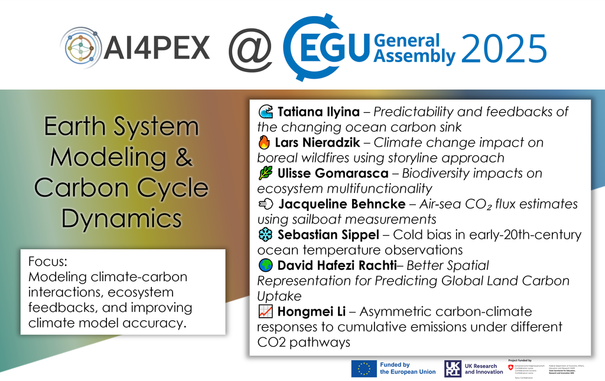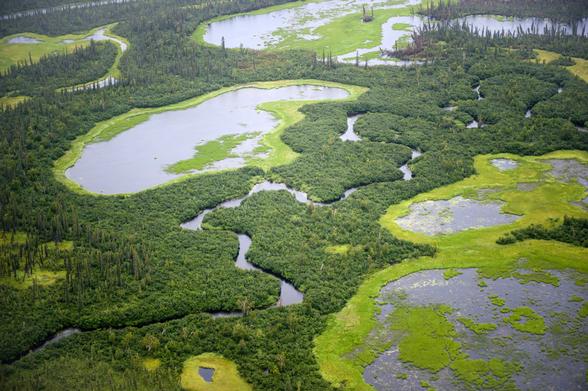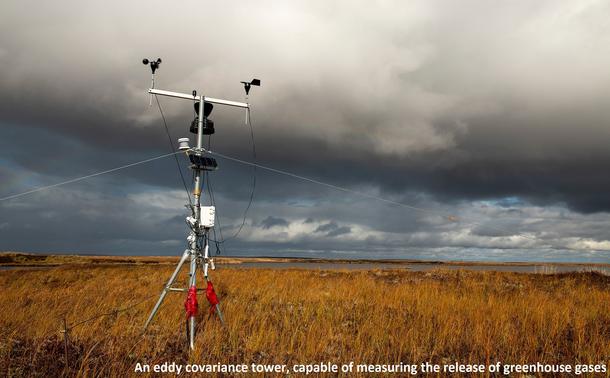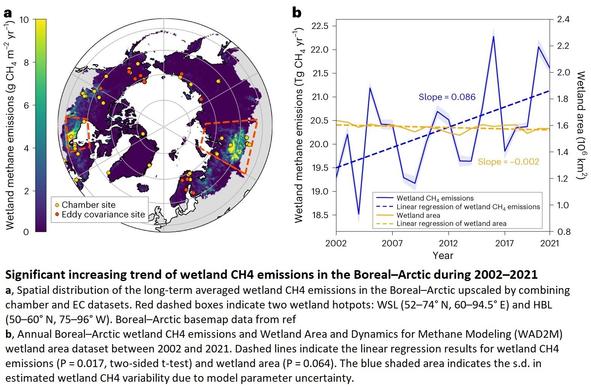I have a broken logic board when it comes to lost cloud cooling from SO2 reduction.
I used to think:
you take SO2 away, and the atmosphere heats up by 0.x degrees, and afterwards, the forcings from GHG pile on that new level of achieved heat. But SO2-reduction from x Mt per year to zero is more like an event, and when zero is reached, it stops adding heat.
Now I think different and I really need help getting my head around it.
A stretch of ocean from now on is exposed to direct🌞and takes up more heat.
Every day its >layers< heat more, ie faster than before. Forever.
To me, it sounds like the recent growth rate must continue. Eg, 2023: +0.01*, 2024: +0.011, 2025: 0.012, 2026: 0.013 forever?
*dunno what the real cloud effect is. +0.01 in 2023 is only a guess for sake of the illustration.
Important with the ocean's exposure to direct sun is that it has layers. Yesterday's additional °C gets mixed down by wind and waves. But it also comes up again and re-interacts with the atmo= warms it today.
How is it with land?
When SO2 stops over hard land surface, lost cooling is a one-off and won't add °C beyond its local potential.
??? No, that can't be right.
( Over land, SO2 reduction also lets forests recover from acid rain – which increases cloud formation around "VOC", or call them tree pheromones. Over land, this new cloud formation mechanism counters the lost clouds from reduced SO2 pollution to some extent. Seen a paper somewhere saying by 40%. )
Now I think, in both environments, lost SO2 cloud-cooling is a gift that keeps on giving MORE. Not a single warming potential, but a forever growing heat addition.
Help?
#climateChange #climatefeedbacks #atmosphere #ocean #cloud #SO2




